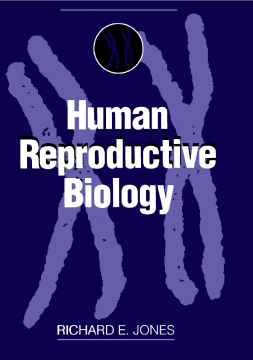
Additional Information
Book Details
Abstract
Human Reproductive Biology focuses on the processes, concerns, and trends in human reproduction.
Divided into four parts with 19 chapters, the book starts by tracing the history of human reproduction biology and the questions and choices involved. The first part focuses on the male and female reproductive systems. The text notes the different organs involved in reproduction, including the penis, scrotum, vagina, oviducts, and mammary glands.
The book discusses sexual development and differentiation, particularly noting the variance of sex ducts and glands, external genitalia, and disorders of sexual development and determination. The text also looks at puberty. Concerns include gonadal changes from birth to puberty; mechanisms that influence puberty; and puberty and psychosocial adjustment. The second part deals with menstrual cycle, fertilization, pregnancy, labor, and birth. Some of the concerns include length of menstrual cycle; absence of menstruation; transport of sperm and ovum in the oviduct; and semen release. The text also highlights labor and birthing processes as well as the relationship of neonates and parents.
The third part looks at the medical aspects of human reproduction, infertility, and sexually transmitted diseases. Concerns include contraception, abortion, herpes genitalis, and vaginitis. The text folds with discussions on human sexual behavior, population growth, and family planning. Concerns include sexual dysfunction; the effects of overpopulation; and population control.
The book is a vital source of data for readers interested in human reproduction.
